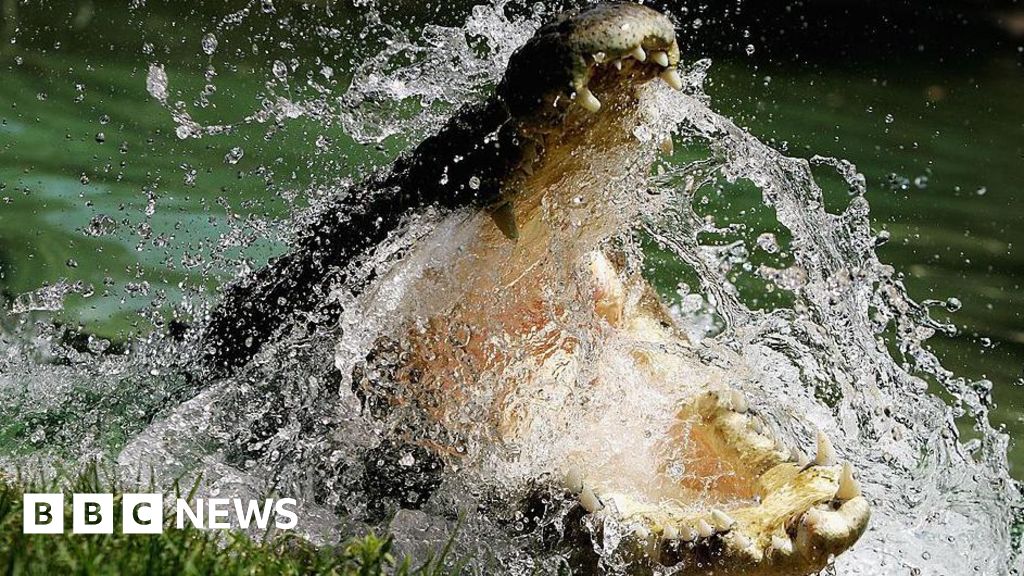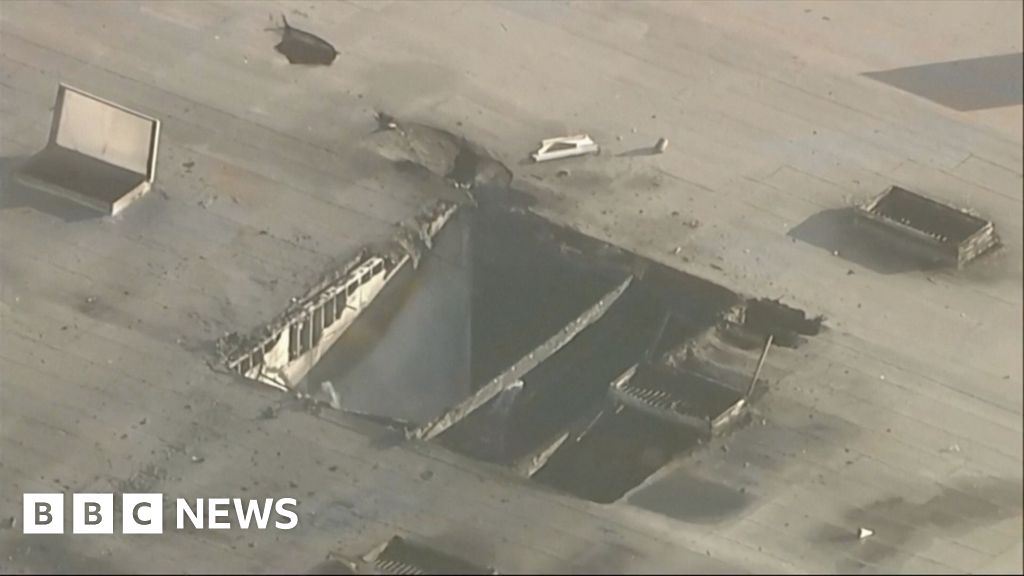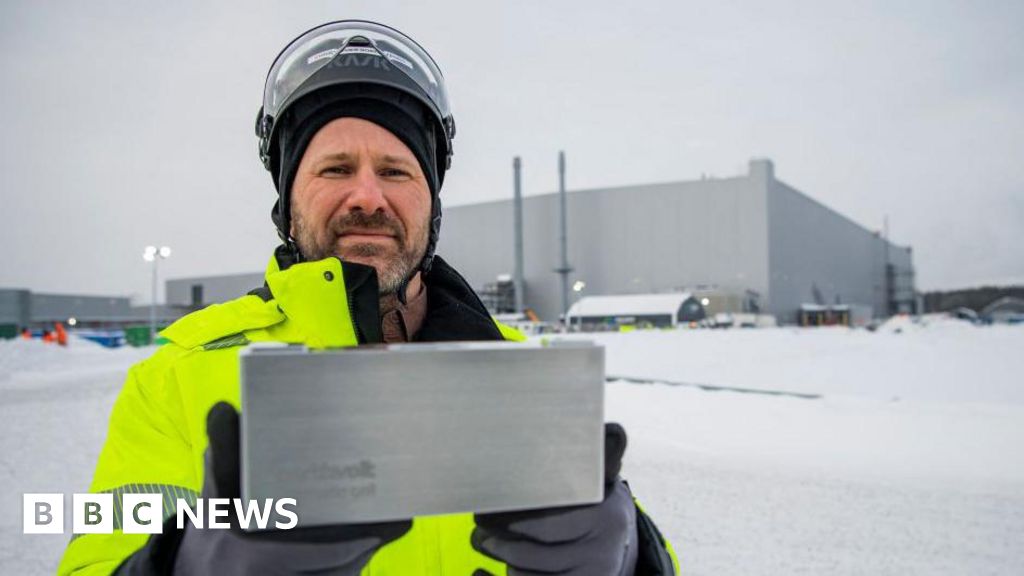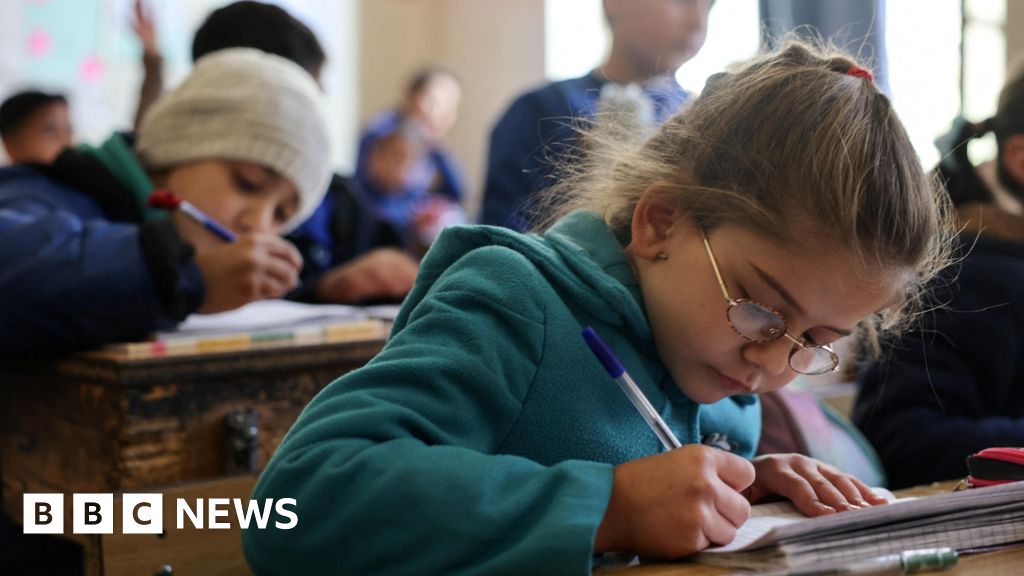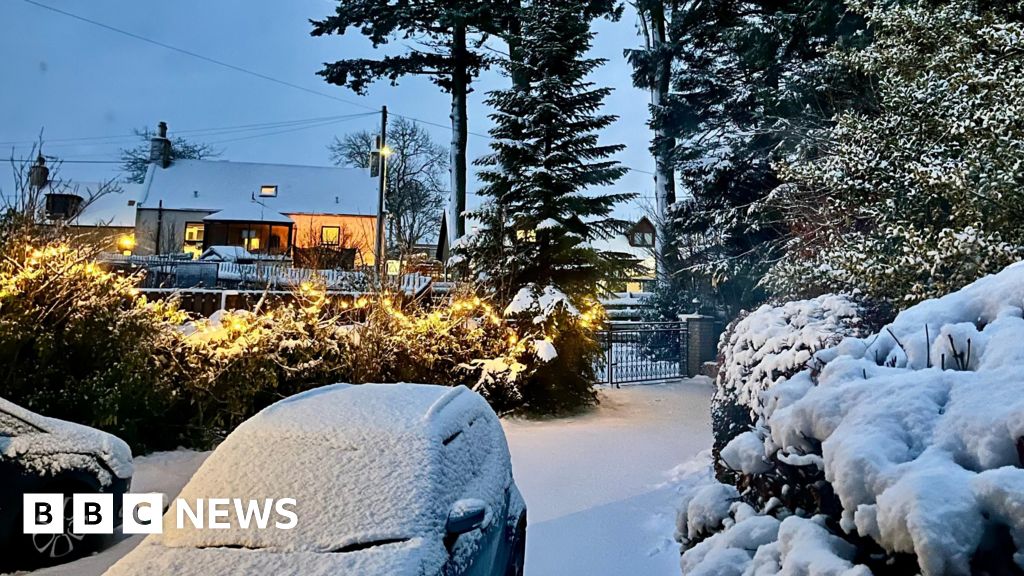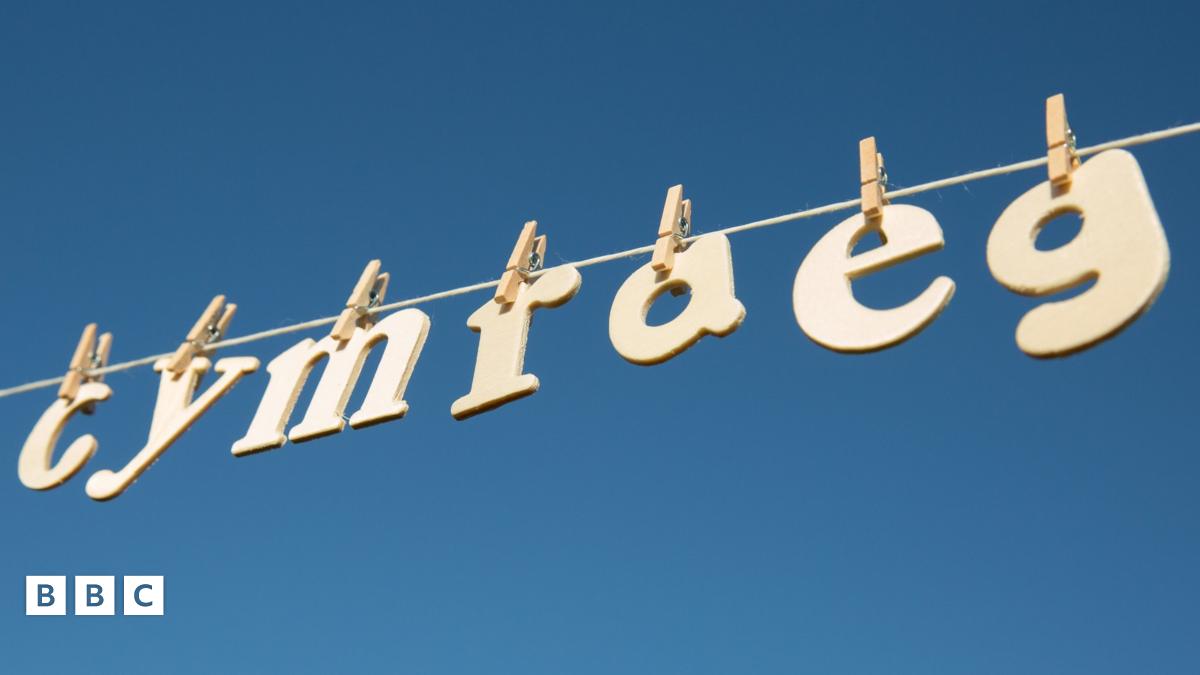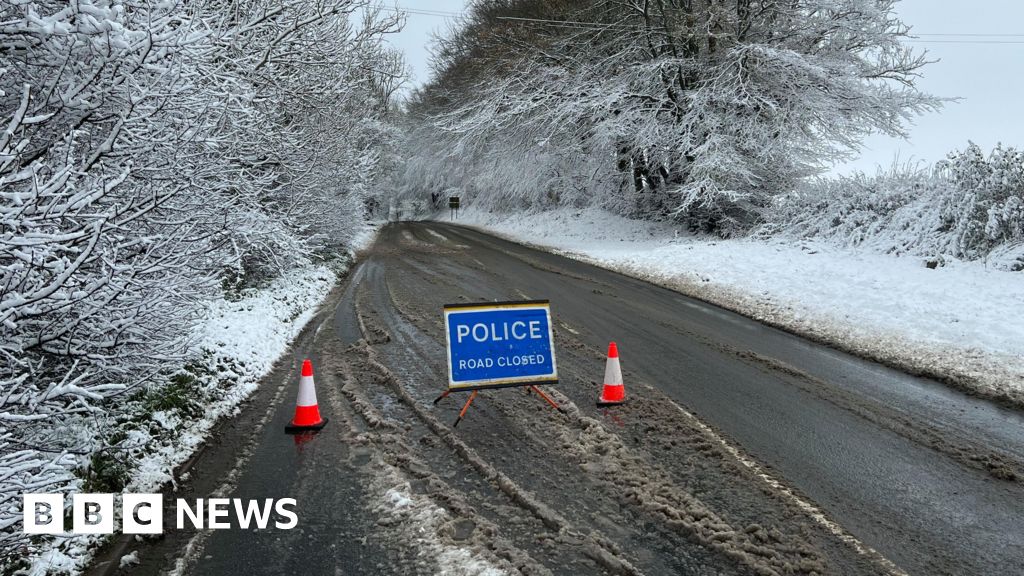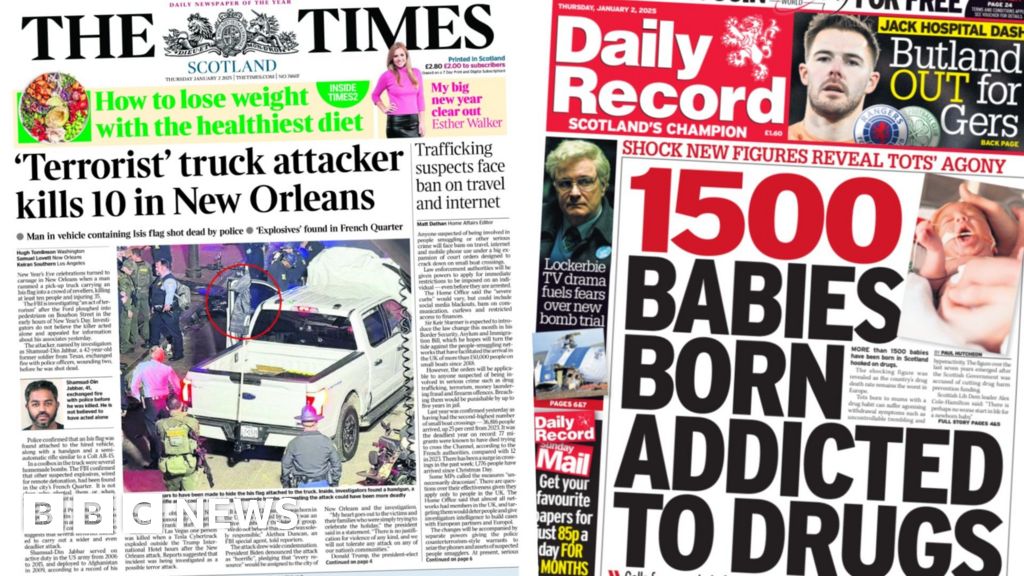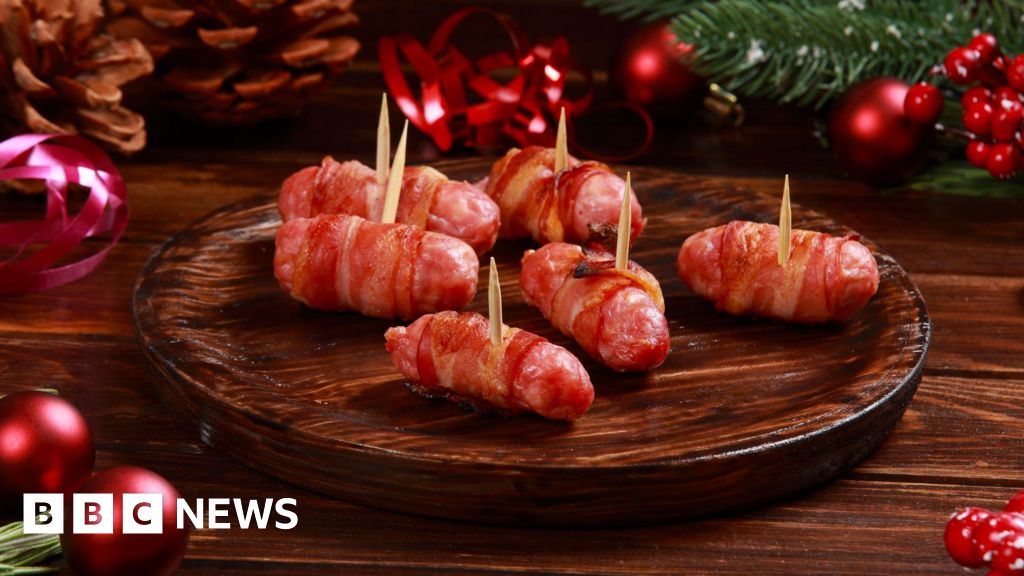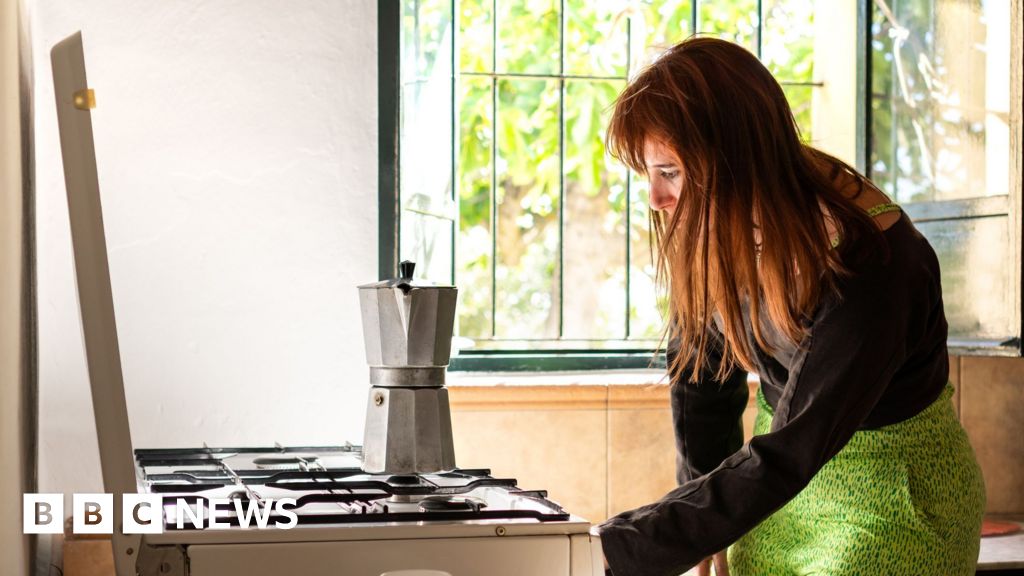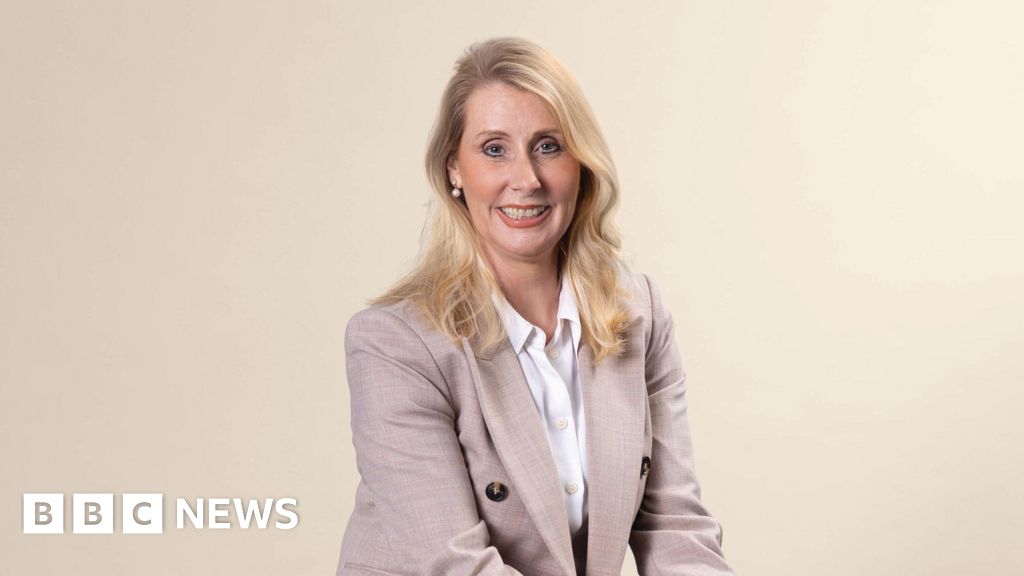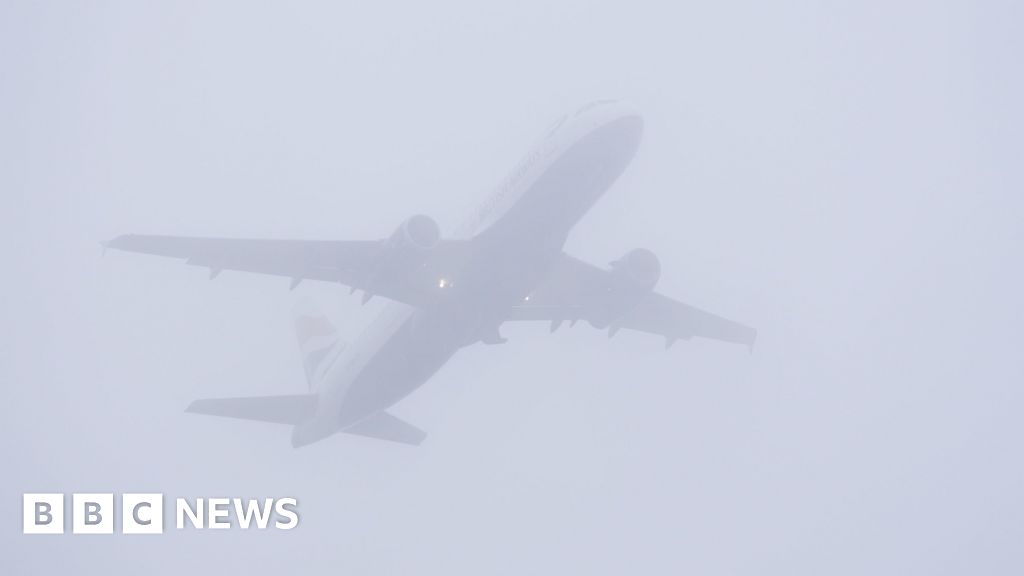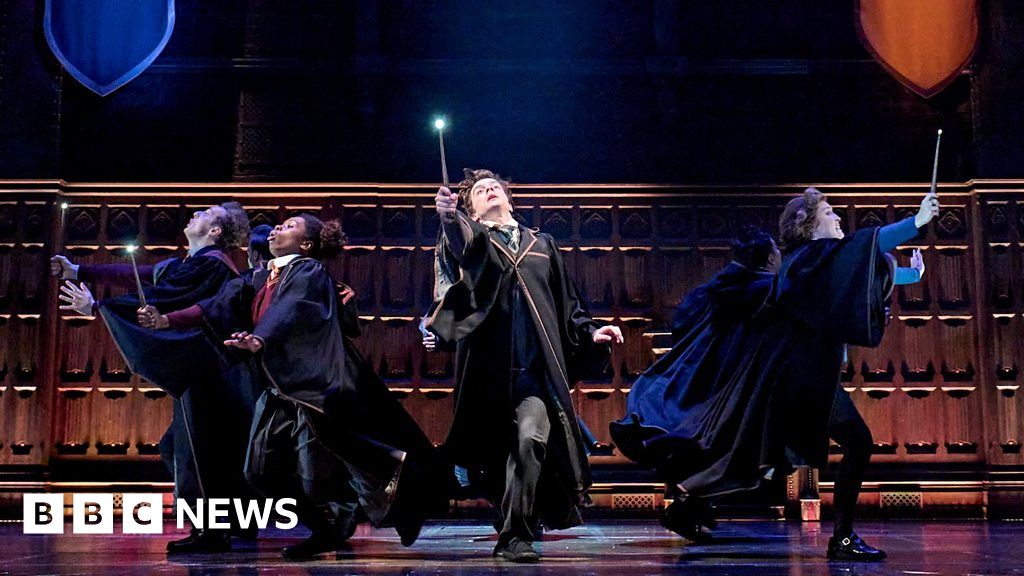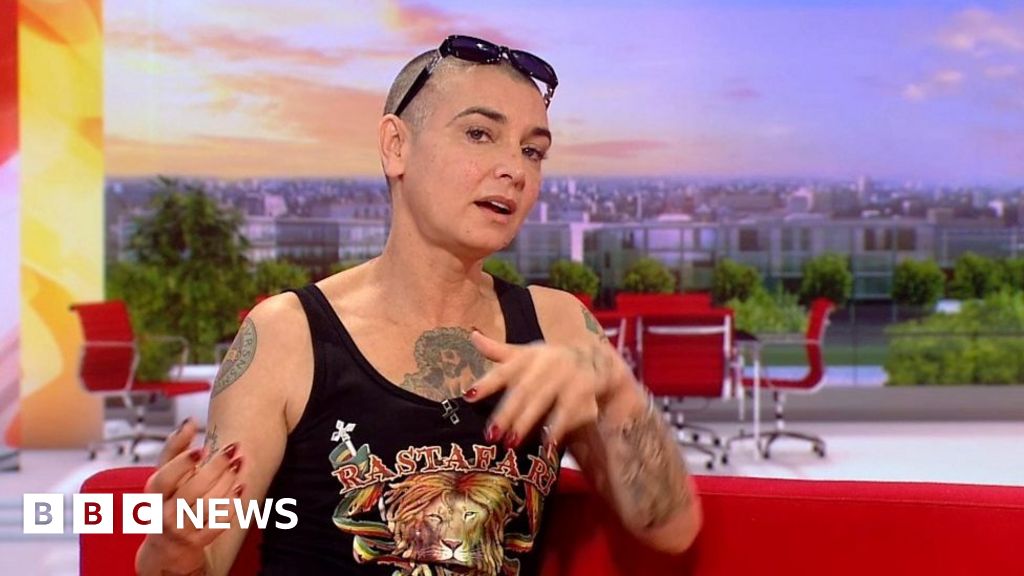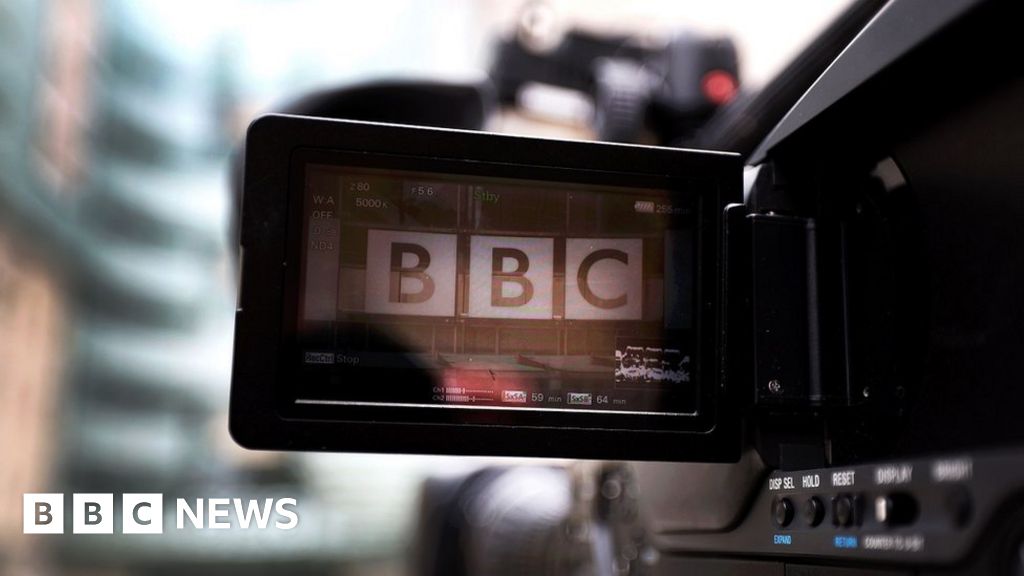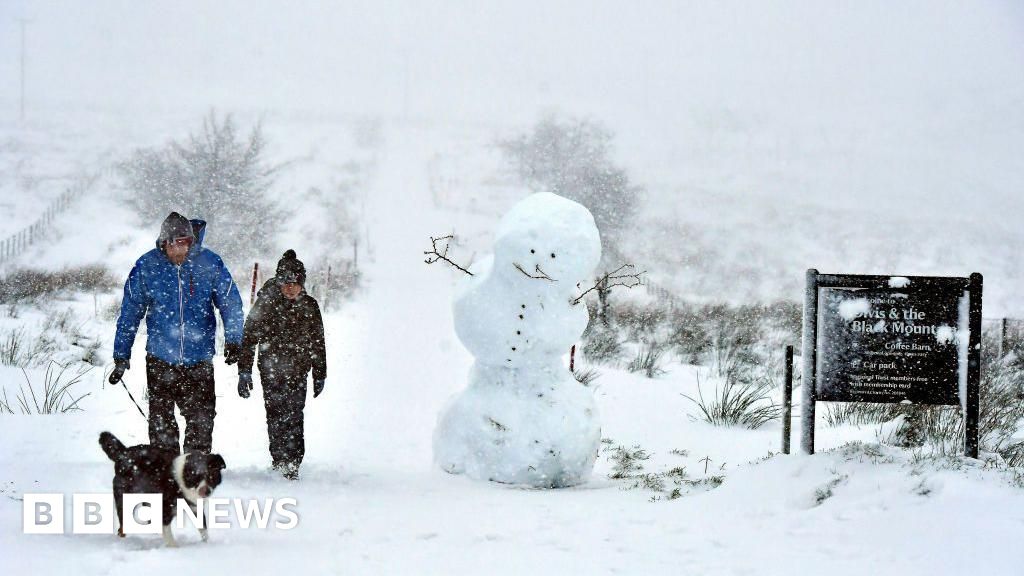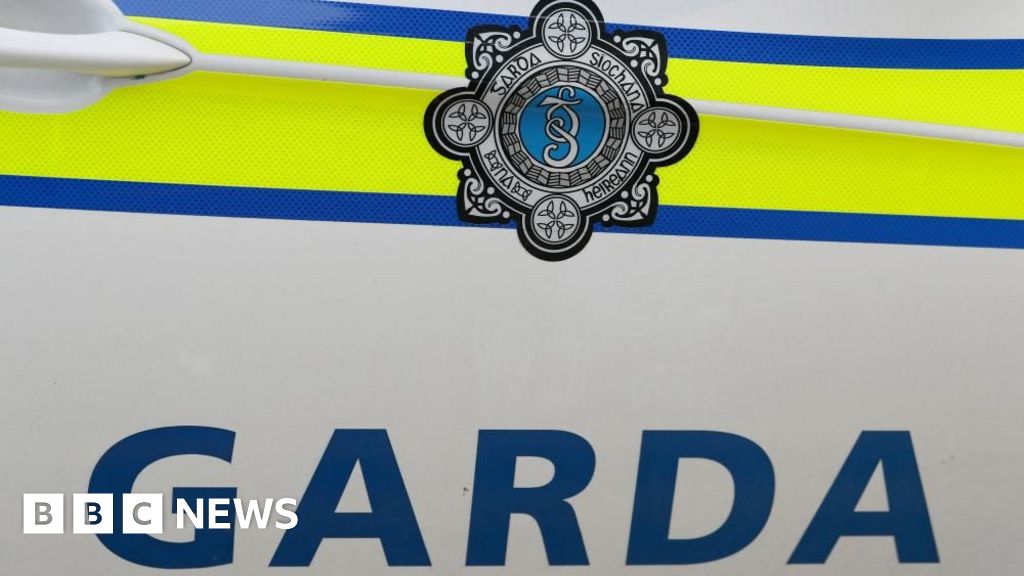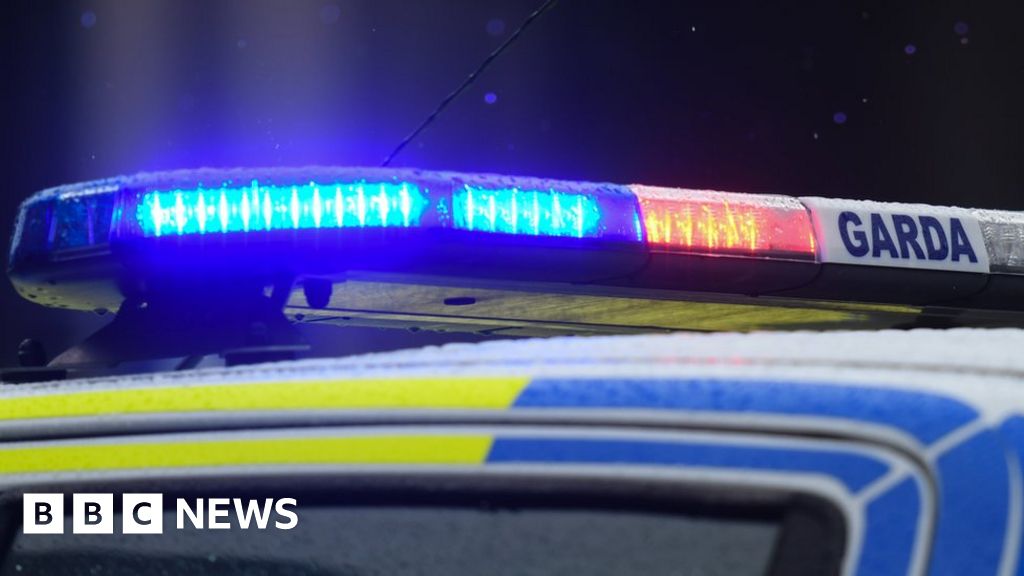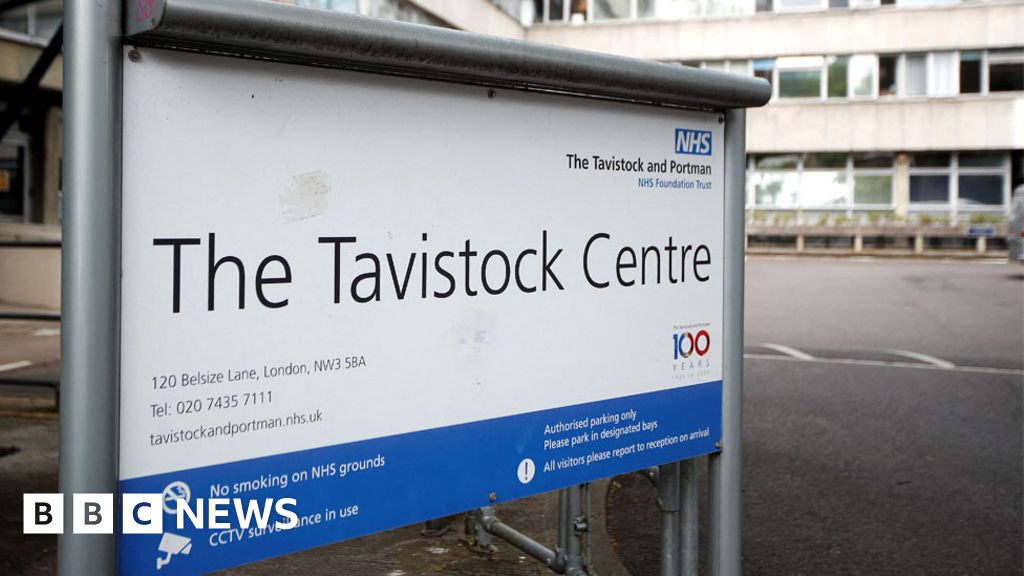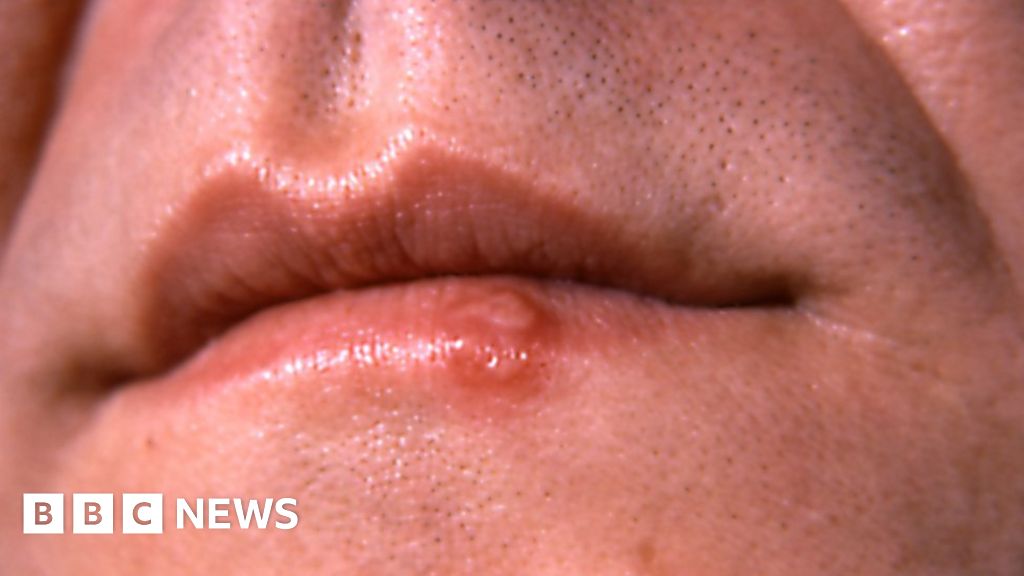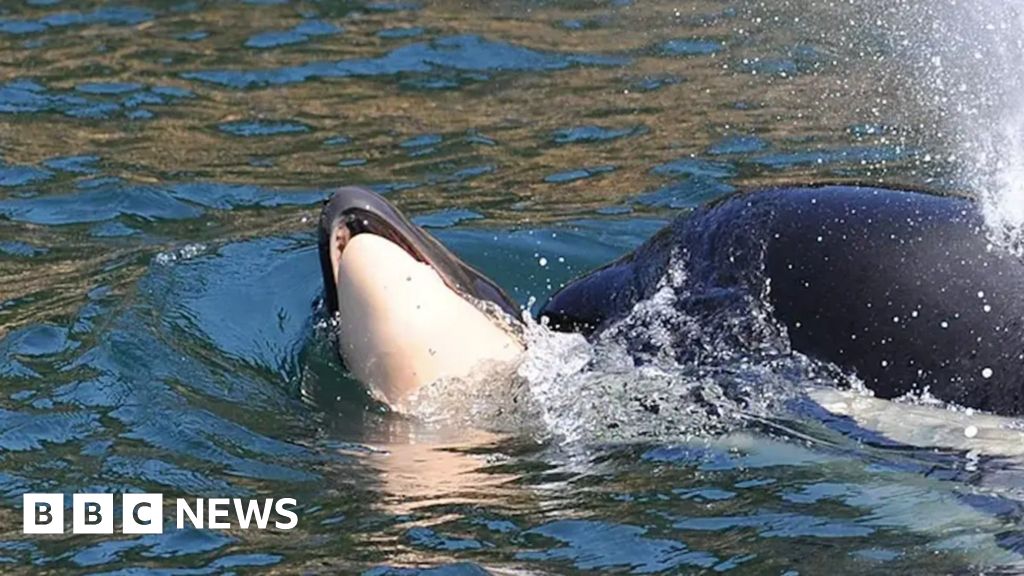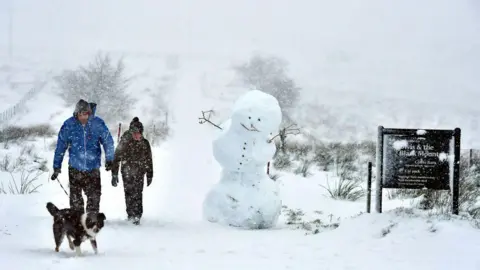 Getty Images
Getty ImagesWith temperatures set to climb into the low teens on 25 December, dreams of a white Christmas are melting away.
But why does the idea of snow on Christmas hold such a magical allure?
After all, true white Christmases are fairly rare.
In fact, the last widespread blanket of snow on Christmas Day in Northern Ireland was during the big freeze of 2010.
Temperatures that December fell to a record-breaking -18.7C in Castlederg, County Tyrone.
Yet, the longing persists.
Dreaming of a white Christmas
A new BBC Weather iPlayer documentary, Will it be a white Christmas?, examines our fascination with the snowy ideal.
Featuring weather presenters Carol Kirkwood and Matt Taylor, it looks at how TV shows, movies, and even festive advertisements have shaped our longing for a picture-perfect winter wonderland.
Could changing the date of Christmas actually increase our odds of snow?
It is an interesting idea raised in the documentary.
A white Christmas only needs a single snowflake to be recorded at an official weather station on the big day.
Northern Ireland has seen just seven official white Christmases since 2000.
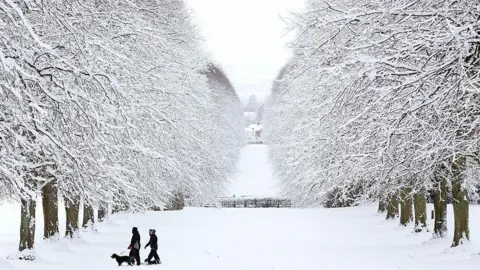 Getty Images
Getty ImagesHowever, while snowflakes on 25 December are a rare treat, they are not entirely out of the question.
In fact, it was just two years ago in 2022 that we had an official white Christmas when Lough Fea in County Tyrone recorded wintry weather at about 17:00 GMT.
Later that evening, Glenanne in County Armagh reported heavy sleet at about 19:00, providing festive conditions for some lucky residents .
How does snow form?
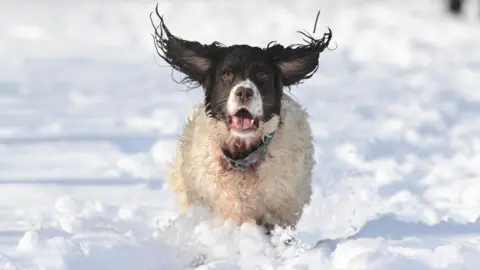 Getty Images
Getty ImagesSnow forms when tiny ice crystals in clouds stick together to become snowflakes, according to the Met Office.
If enough crystals stick together, they will become heavy enough to fall to the ground if the air remains cold enough as they descend.
To produce snow, the atmosphere needs both cold temperatures and enough moisture—conditions that don’t always align in Northern Ireland’s winters.
It is a myth that temperatures need to fall below zero for it to snow, the Met Office adds.
“In fact, in this country, the heaviest snowfalls tend to occur when the air temperature is between zero and 2C,” it said.
What makes a white Christmas?
For the Met Office to officially declare a “white Christmas,” a single snowflake must be observed falling during the 24 hours of 25 December.
This observation can be made by an official Met Office weather station.
This stringent verification process ensures consistency for climate records and certainty in reporting.
Record breaking Christmas
The winter of 2010 stands out as one of the most extreme in Northern Ireland’s history.
Hillsborough in County Down holds the record for the deepest snow on Christmas Day, with 17cm blanketing the ground.
That same year, Katesbridge, County Down, recorded the coldest Christmas Day temperature ever, plummeting to -17.5°C.
While these extreme conditions created an unforgettable Christmas, such events are rare.

